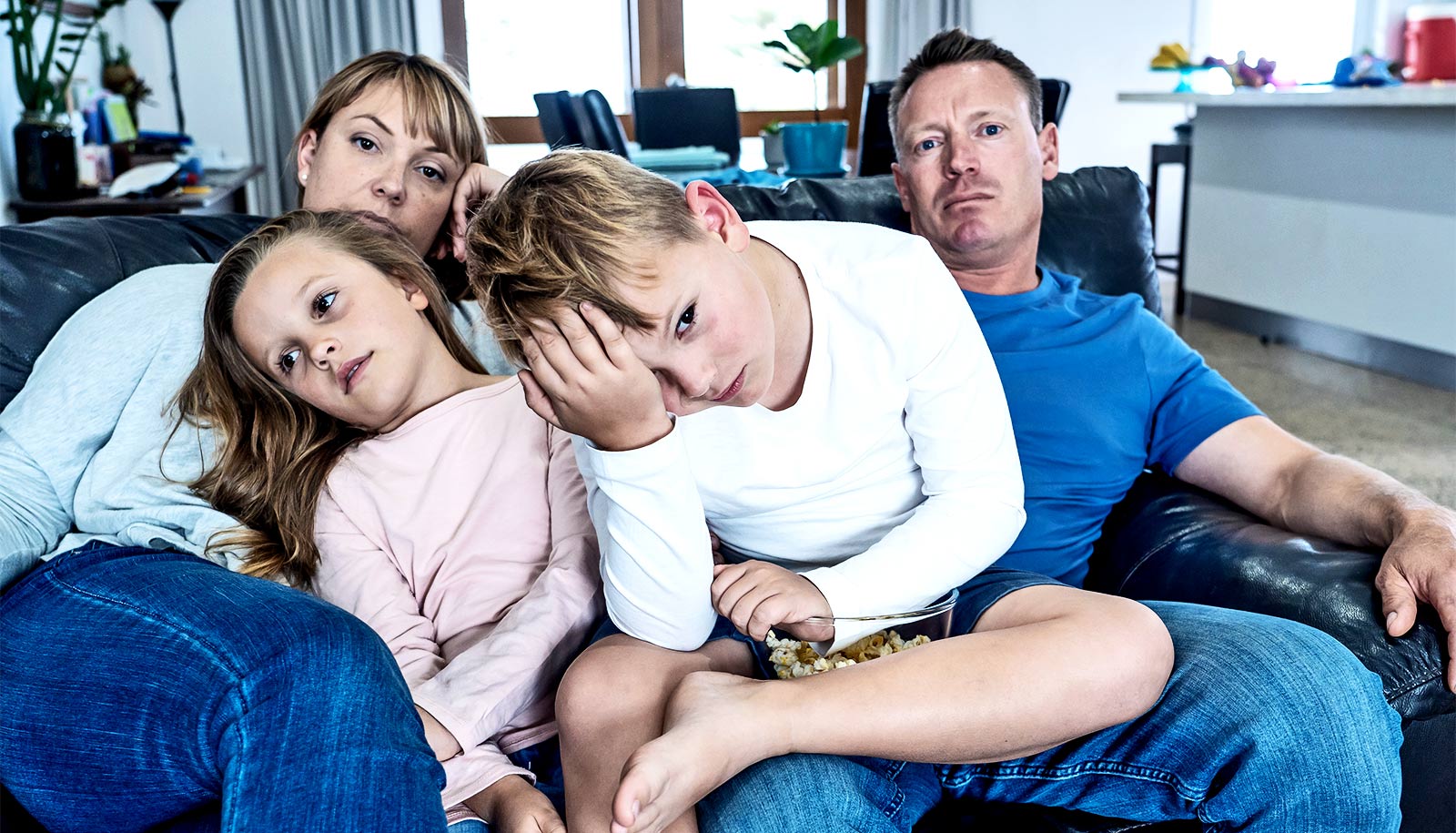With COVID-19 vaccines becoming more widely available and mask mandates lifting, a new source of anxiety has emerged for some—returning to the office after more than a year of working from home.
“It’s a lot like kids returning to school after summer break, but it’s intensified because many people have been at home for almost a year and a half,” says Kelly Sopchak, a psychologist with the Texas A&M University Health Telebehavioral Care Program.
As employees transition back to working in offices and students return to schools, stress and anxiety levels will be elevated.
Sopchak says there are way to navigate the change in stride:
1. Ease back in
If you have the option, try to transition back to in-person work and school, rather than going back 100% all at once.
“To go from working from home five days a week to working in the office five days a week is a big jump,” Sopchak says. “Try to go back just one day a week for a while to ease back into it.
“This is especially helpful for kids who have school refusal, or school anxiety. We will have them go back just two hours a day and build it up from there.”
Adults can start by returning to the office one day a week. For children, it’s best to start with a couple hours a day every day of the week. “That way, they don’t have six days to dread about going back to school,” Sopchak says.
For people who have been extremely isolated, she suggests easing back out into the world before returning to the office. Go to the park, go shopping and just be around people more in ways that feel safe.
Simply getting dressed every day is another way to prepare.
“Getting into the practice of getting up and getting ready is critical,” Sopchak says. “Getting ready to work on Zoom and getting ready to go to the office are two different things; you’ve got to be prepared.”
It’s the same thing parents have done with kids for years: in that week or two before school starts back after summer break, parents start setting their kids’ bedtime and lay out their clothes for the next day. Adults can also do this for themselves to help get back into a routine.
“If you feel prepared for something, the anxiety decreases,” Sopchak says. “Setting a bedtime, picking out your clothes the night before, and setting an alarm are all ways to prepare for the next day.”
2. Find things to look forward to
For parents (and even pet owners), returning to the office will mean missing out on little moments like hugs before nap time or midday family walks. But it also means getting some time apart, visiting with coworkers, and getting to commute.
“Just the drive home from work can provide a time to transition from being a professional back to being a parent and spouse,” Sopchak says. “There is a real therapeutic effect of being in a car with a radio. That drive can help us separate the different roles we play.”
Focusing on the positive aspects of returning to the office can be a great way to manage anxiety, process the transition, and have things to look forward to.
3. Embrace the awkward
Our social skills might be a little rusty after being at home for more than a year, but the awkwardness should wear off after being back out in the world for a little while. This is also true for children who have missed out on peer socialization over the past year.
“We know children and adolescents bounce back quickly,” Sopchak says. “They typically have a lot of resiliency and they learn quickly in social situations. It might take them some time, they might seem a little bit immature at first, and that’s okay. It’s a transition.”
For adults, returning to the office will involve navigating invitations to non-work social events, which could be a new skill for some people.
“Different people will have different comfort levels engaging in social activities,” Sopchak says. “Know your boundaries and don’t be afraid to communicate them. If you’re going to do something and then feel anxious about it for the next two weeks, you probably shouldn’t do it.
“On the flip side, if you invite someone out for lunch and they say no, just know it has nothing to do with you. It has to do with how comfortable they are going out in that situation.”
4. Confront stress and anxiety
“Pay attention to your body,” Sopchak says. “If you are feeling increased stress and anxiety, there are different things you can do to cope.”
Deep breathing works for some people, or mindfulness exercises may help. Sopchak keeps a mindfulness app on her phone—when she’s feeling stressed, overwhelmed, or anxious about something, she can listen to a guided meditation and bring the feelings down to a level she can manage.
For some people, these strategies may not be effective. In that case, consider seeking professional help.
“This is a big transition. Give yourself grace and say, ‘Look, it’s OK that I’m struggling with this, because this is big,'” Sopchak says. “Our lives were uprooted and changed, and now our lives are going to be uprooted and changed again.”
5. Draw on past experience
The pandemic has been tough for many people. Ideally, those challenges have given us new skills for coping and managing.
“It’s hard to deal with change, but hopefully this change will be easier because we have more resiliency now than we did in March of 2020,” Sopchak says.
“My guess is that for many people, it will feel really daunting at first, but then after week one, we’ll feel like, ‘I got this.'”
Source: Lindsey Hendrix for Texas A&M University



